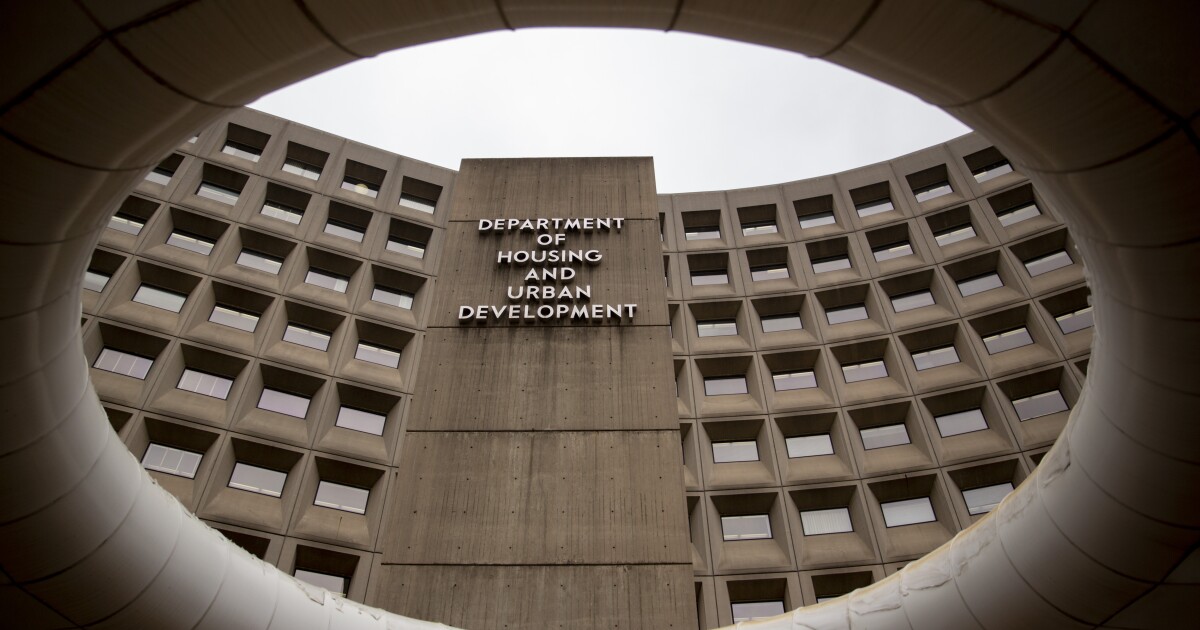
Recent plans for a jointly owned government-sponsored enterprise entity that serves as a common securitization platform (CSP) for their bonds appear positioned as the most likely way to achieve monetization goals the Trump administration has for Fannie Mae and Freddie Mac.
Even before
"That's likely the only thing," said David Dworkin, president and CEO of the National Housing Conference of the CSP. He added that there have been other concepts in the past, like spinning off the multifamily units. But finding sufficient upside proved challenging in other concepts.
"I don't immediately see anything else," said Marty Green, an attorney at Polunsky Beitel Green, in a separate interview.
An examination of the platform's roots points to the JV's original value proposition and some considerations in its creation, which could inform where it heads next as the director of the GSEs' oversight agency, Bill Pulte, seeks to reposition it.
"I cannot speak to Director Pulte's vision because all I know is what was in his brief announcements," said Ed DeMarco, president and CEO of the Housing Policy Council and a former GSE regulator. "But these announcements about opening up the platform have some resonance with the origins of CSS."
When the CSP was first envisioned, Fannie and Freddie were recovering from the housing downturn that forced them into government conservatorship and Congress was considering proposals for how they might exit.
The CSP's past and considerations in its goal and structure
There was originally a plan for others to use the CSP because it was created at a time when leadership at the Federal Housing Finance Agency felt the platform could outlast Fannie and Freddie in their current form. (The Biden administration had
"We wanted to see an entity created as a securitization platform for future use in the mortgage finance system. FHFA only had oversight control, or ability to influence that, if it was done as a subsidiary of Fannie or Freddie or a subsidiary of both," DeMarco said.
"If you spin it off as a private company, FHFA would no longer have regulatory authority over it, at least absent some change in legislation. So that's an important consideration," he noted. "The other way one could at least conceptually think about this is, could this entity remain a subsidiary of Fannie Mae and Freddie Mac but start having customers?"
The platform, which was intended to avoid duplicative infrastructure at each of the two agencies as it promoted uniform mortgage-backed securities trading, required considerable investment that speaks to the value it could provide to others.
"The technology itself is expensive to develop and maintain, so there is 'scale' that individual securitizers could be able to take advantage of," DeMarco said.
The platform also was designed to have a long-term multifaceted value proposition in other respects.
"There are things we had confidence in, which was that a future secondary mortgage market - in whatever form Fannie Mae and Freddie Mac might take in the future - would benefit from consistency in the trust agreements, disclosures, and investor understanding of the servicing standards that would be applied on mortgages that were in securities," DeMarco said.
This was distinct from other roles where GSEs were competitive.
"Even before conservatorship, the competition wasn't on the mechanics of producing a mortgage-backed security. It was on the loans, the credit underwriting, the management of the servicers and so forth," he said.
Implications of extending CSP's use to the broader market
"HPC has had a broad and longstanding perspective that housing finance reform includes consideration of all the segments that make up our secondary mortgage market: Ginnie Mae, conforming conventional (represented by Fannie Mae and Freddie Mac), the bank portfolio, whole loan sale and the private label securitization markets," DeMarco said.
"More standardization about the disclosures on the loans, how they're being serviced and performing, enhances the liquidity in this market. So we do think that with these things, it's not just a Fannie/Freddie issue to have these different segments, where appropriate, operate in similar fashion."
One of the considerations on how far to extend the CSP's reach into the broader market, in addition to previously reported anti-trust considerations, is how structuring it with some remaining public ties will go over with private market advocates.
"It does have this public purpose. That kind of hybrid makes it more complicated to figure out a structure that works and satisfies the people who think this belongs in the free market, which a lot of this people in this administration do," said Green. "Yet there's innately something in terms of government involvement that's seems like it's going to remain here."



